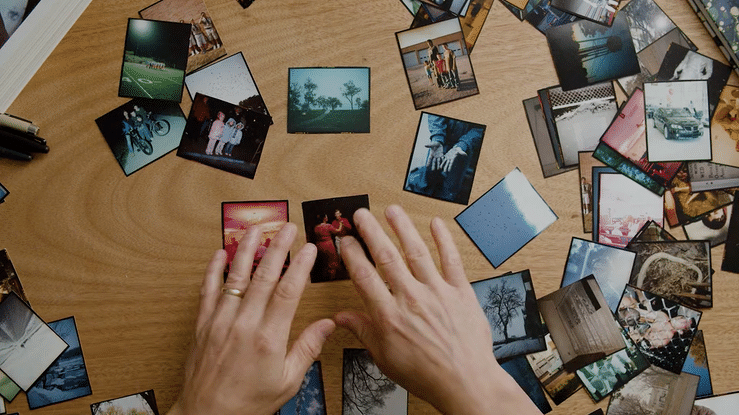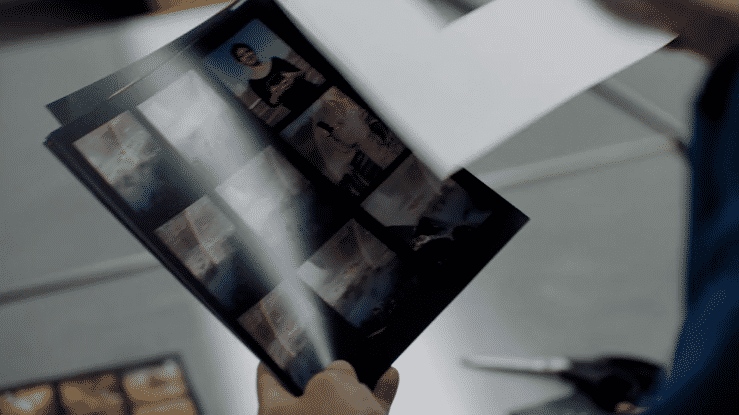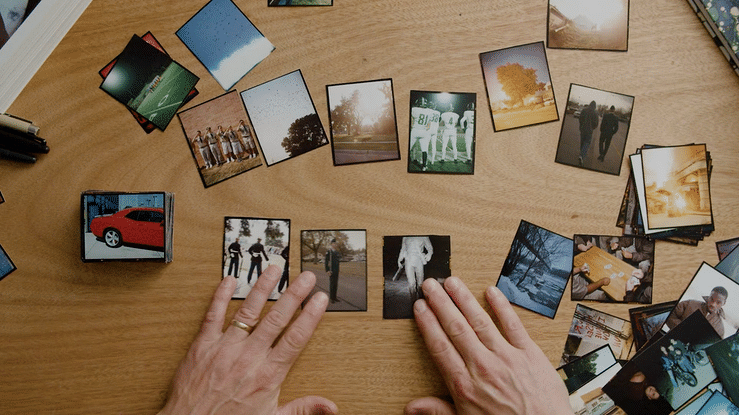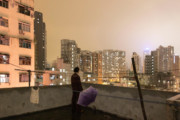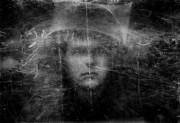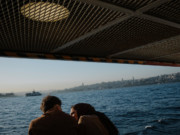Gregory Halpern: Editing and Sequencing
The photographer behind A, ZZYZX and Omaha Sketchbook on taking time, notes and risks
Gregory Halpern’s on-demand learning course ‘Documentary Sur/Realism’ features 16 wide-ranging, in-depth and highly practical lessons from the photographer behind projects and photo books such as A, ZZYZX and Omaha Sketchbook.
Here we share some of the learnings offered by Halpern in the course on the subjects of editing and sequencing photos, excerpted from Lesson 12. For further details about ‘Documentary Sur/Realism,’ click here.
On bracing yourself
I’m always frustrated when the picture doesn’t do what I wanted it to do, or speak to what I felt.
Often when I look at my film, when I first get it back, I feel I failed, because the memory of the experience is so fresh and usually it was intense and something compelled me to click the shutter, and I felt something. And then when I first look at the film, I often feel discouraged. I learned over the years to brace myself for the day when I get my film back.
On allowing pictures to age
But then, with time, I forget. The experience fades, the person I met and the story they told me fades, and then I can start over time to look at the picture clearly, and sometimes it does something different from the experience I had. [I recognize that] it’s good in its own way. I just couldn’t see it at first, because it wasn’t that experience; it doesn’t convey the feeling I had. So that’s also for me why time in editing is so important, to just sit.
Sometimes I’ll shoot film and I don’t get it developed for a month. I still have a bag of thirty rolls that I just picked up, and it feels like there’s this promise, like, ‘What is in there?’ Sometimes the film is better as an idea, as promise, because then you see it and you think, ‘Oh, it’s not [so great].’ But I think I always need time.
On enlisting ‘another set of eyes’ and how to process critique
I think it’s hard to do this alone. I can’t do it alone. I mean, I like that fantasy, that romantic notion of the artist alone in their room, figuring it out. And I think there probably have been some of those over the course of time, but I’m not one of them, so I need other eyes to help me figure out what makes sense and how it comes together.
Collaboration means trusting other people sometimes to tell you what isn’t working. And the hard thing is that sometimes what friends will do is give you a pat on the back, because it’s easier to do that. But if you have someone who can tell you the cold, hard truth, that can be a very useful collaboration.
When you put your work on the wall for critique, or share it digitally, remember it’s not you on the wall; it’s just a picture. So if someone is critical of it, it’s hard to not feel like they’re sticking pins in you. But it’s just a piece of paper that you printed on the wall, and you can take the feedback, or you can leave it.
What I always say is take notes. Just write down what people are saying, because it’s hard to listen and at the same time defend yourself.
So don’t talk. Just listen. Just take notes, because that will keep you from talking. Because if you’re talking, you’re not going to hear. And then later, you can look at your notes and decide, ‘OK, that’s helpful. That’s not helpful.’
There’ll be things in your notes that, because they’re from another set of eyes, are going to help you.
On the aesthetics of good sequencing…
When I look at someone’s work, it’s not just their ability to make a compelling single image [that I look for]. I tend to respond more when someone can put a sequence together. When there’s some kind of a relationship between all of the pictures and the space between the pictures – how you go from one image to the next. A sustained series is really exciting to me.
For me, it really weakens it when one or two images feel like they compromised the set because you needed to get this one good picture in. I’d much rather look at a series of pictures where the images are individually not as strong in a formal compositional sense, but that somehow feel like a paragraph spoken with a clear voice.
The single eye-catching image is everywhere – it may have to do with Instagram – but a sustained series, with a unique voice or feeling, is not everywhere. And that’s hard. That’s really hard to do.
I like the content being unpredictable, but with something in the aesthetic holding it together.
"The single eye-catching image is everywhere – it may have to do with Instagram – but a sustained series, with a unique voice or feeling, is not everywhere. And that's hard. "
- Gregory Halpern
…and the practice of good sequencing
Todd Hido was one of my teachers in graduate school and he told me something really helpful: ‘You might come back with one picture that you love after going out, which is great, but it needs to be more than just an individual image.’ Think: ‘How can I make a pair for that picture? Give it some company.’
It could be a picture that’s similar in content, or feeling, or light. Or it could even be an opposite.
A simple example would be a picture that illustrates the feeling of high noon and then a picture of, say, twilight. And so they somehow go together, right?
And then what you need is a third. And once you have three, then maybe it’s the beginning of a phrase. And it’s like the opening – you have an opening to a sequence.
So if you’re struggling with biting off something too big, like how to make a book or an exhibition, think, ‘Well, how do I make a successful triptych?’
Documentary Sur/Realism is one of the seven online courses featured in our Summer Sale, which runs from August 1 to midnight (EST) on August 31, 2023. For 20% off the course, use the code SUMMER20 at checkout.



